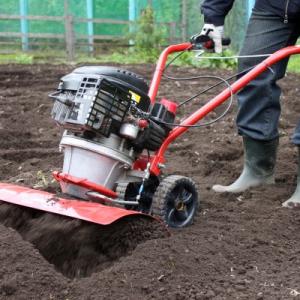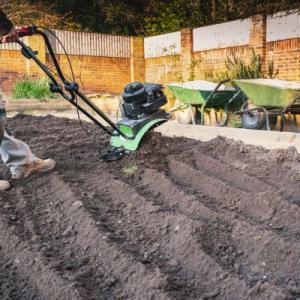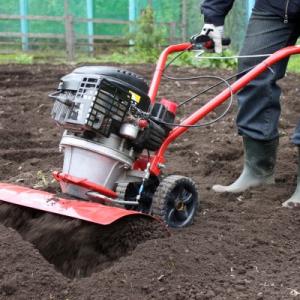Rototilling: Tucson
Rototilling in Tucson
Get help with Rototilling in Tucson. Fill out the form above and we will connect you with local Tucson pros. Rototilling offers numerous advantages for your landscaping and gardening needs. This process helps to break up compacted soil, allowing for better water drainage and nutrient absorption. By loosening the soil, rototilling promotes healthier root growth, resulting in stronger and more robust plants. Additionally, this technique helps to control weeds by uprooting them from the soil, reducing the need for manual weed removal. Rototilling also facilitates the mixing of organic matter, such as compost or fertilizer, into the soil, enhancing its overall fertility. With rototilling, you can create an optimal environment for your plants to thrive and ensure a successful gardening experience.Rototilling FAQ
Q: How Deep Should I Rototill My Soil?
Answer: The depth of rototilling your soil depends on the specific needs of your garden or project. In general, a depth of 6 to 8 inches is sufficient for most plants, allowing for proper root development and nutrient absorption. However, it's important to consider factors such as soil type, existing plant roots, and the specific requirements of the plants you intend to grow. It's best to consult with a local gardening expert or agricultural extension service for personalized advice based on your specific circumstances.Q: Can I Rototill In Wet Soil?
Answer: No, it is not recommended to rototill in wet soil.Q: How Often Should I Rototill My Garden?
Answer: The frequency of rototilling your garden depends on various factors such as soil type, the condition of the garden, and the specific needs of the plants you are growing. In general, it is recommended to rototill your garden once or twice a year, typically in spring and fall, to help break up compacted soil, mix in organic matter, and prepare the bed for planting. However, over-tilling can disrupt the soil structure and damage beneficial microorganisms, so it's important to assess the needs of your garden and avoid excessive tilling.Q: Are There Any Risks Or Drawbacks To Rototilling?
Answer: Yes, there are some risks and drawbacks to rototilling. Rototilling can disrupt the soil structure, leading to compaction and loss of beneficial soil organisms. It can also bring weed seeds to the surface, leading to increased weed growth. Additionally, excessive tilling can lead to soil erosion and nutrient loss. It is important to consider these factors and use rototilling judiciously.Rototilling, also known as rotary tilling or rotavating, is a gardening technique used to prepare soil for planting or to loosen compacted soil. It involves using a machine called a rototiller, which has rotating blades or tines that dig into the ground and break up the soil. Rototilling helps to improve soil structure by breaking up clumps and incorporating organic matter, such as compost or manure, into the soil. This process helps to aerate the soil, improve drainage, and create a loose, friable bed for planting. Rototilling is commonly used in gardening, landscaping, and farming to prepare soil for growing vegetables, flowers, or other plants. It is an effective method for creating a healthy and fertile environment for plant roots to establish and thrive.



